CNC
5-axis CNC machining, a highly subtractive machining technology that shapes material along five axes for precise results. Known for accuracy, efficiency, and repeatability, it is extensively used in most of our processes.
Get A Quote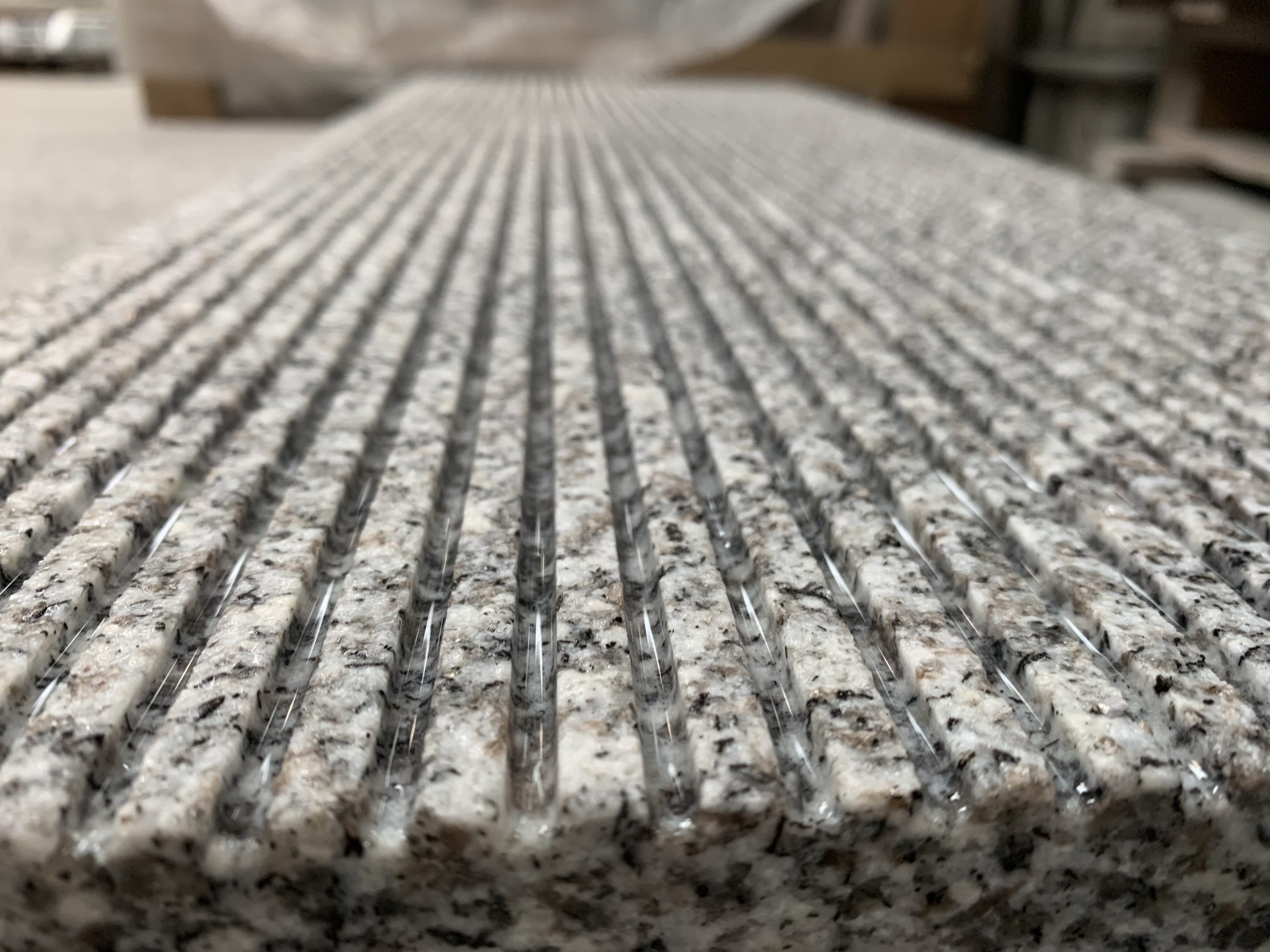
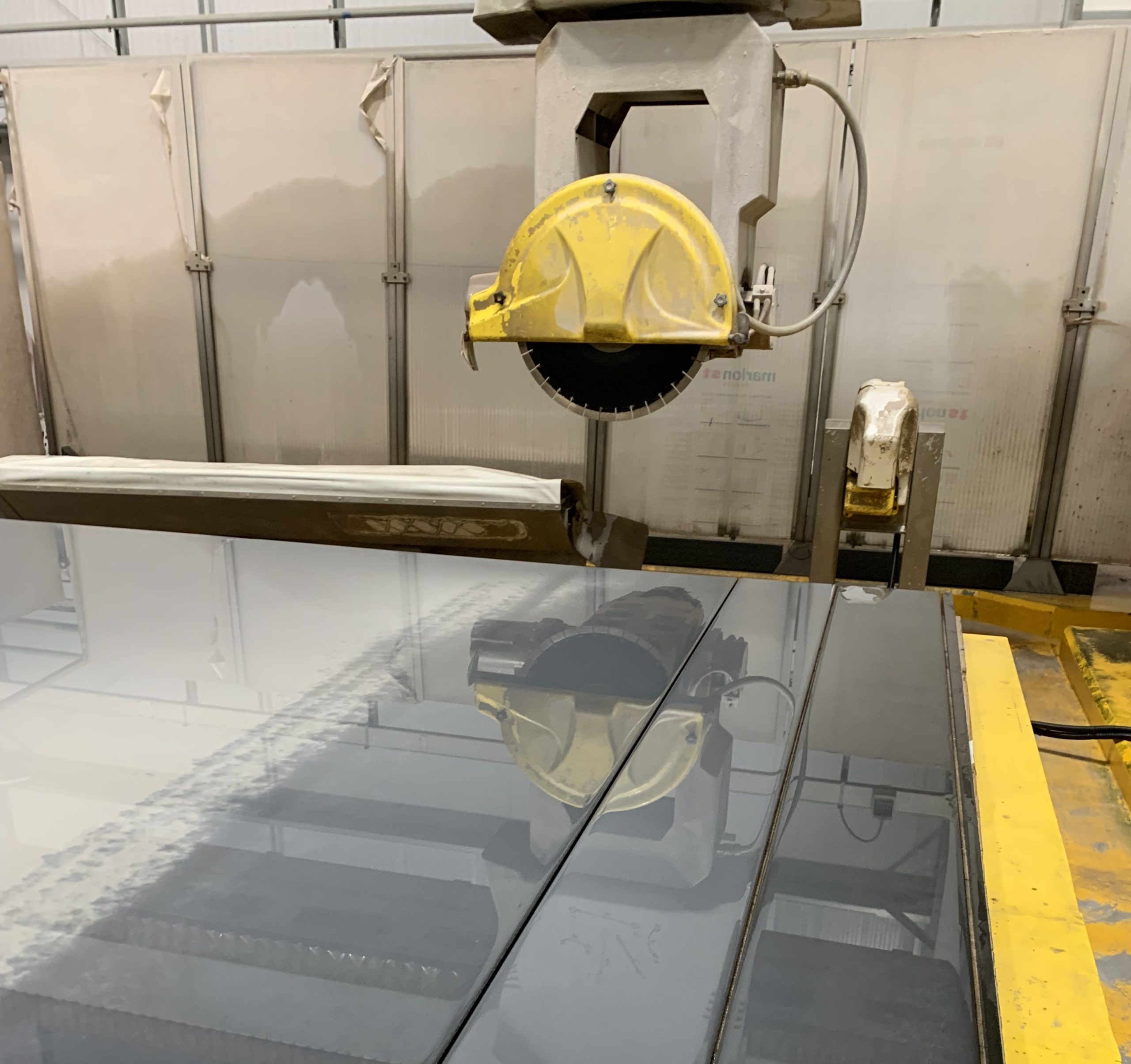

The process begins with CAD (Computer-Aided Design) models, which are then converted into CAM (Computer-Aided Manufacturing) programs. These programs provide precise instructions for the CNC machine. The tool paths are meticulously planned to optimise cutting performance and minimise tool wear.

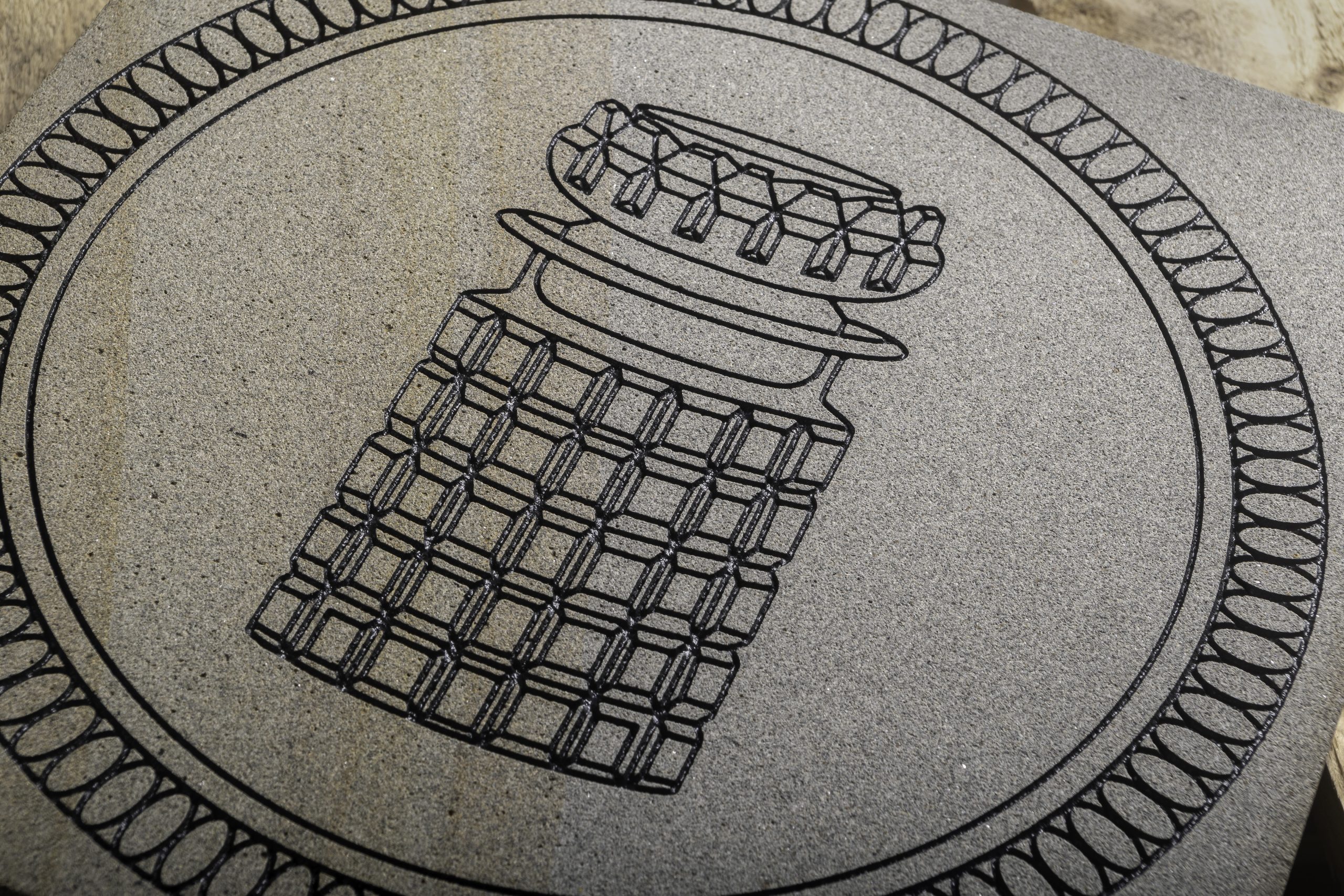
All kinds of sandstone materials in greys and buff colours.
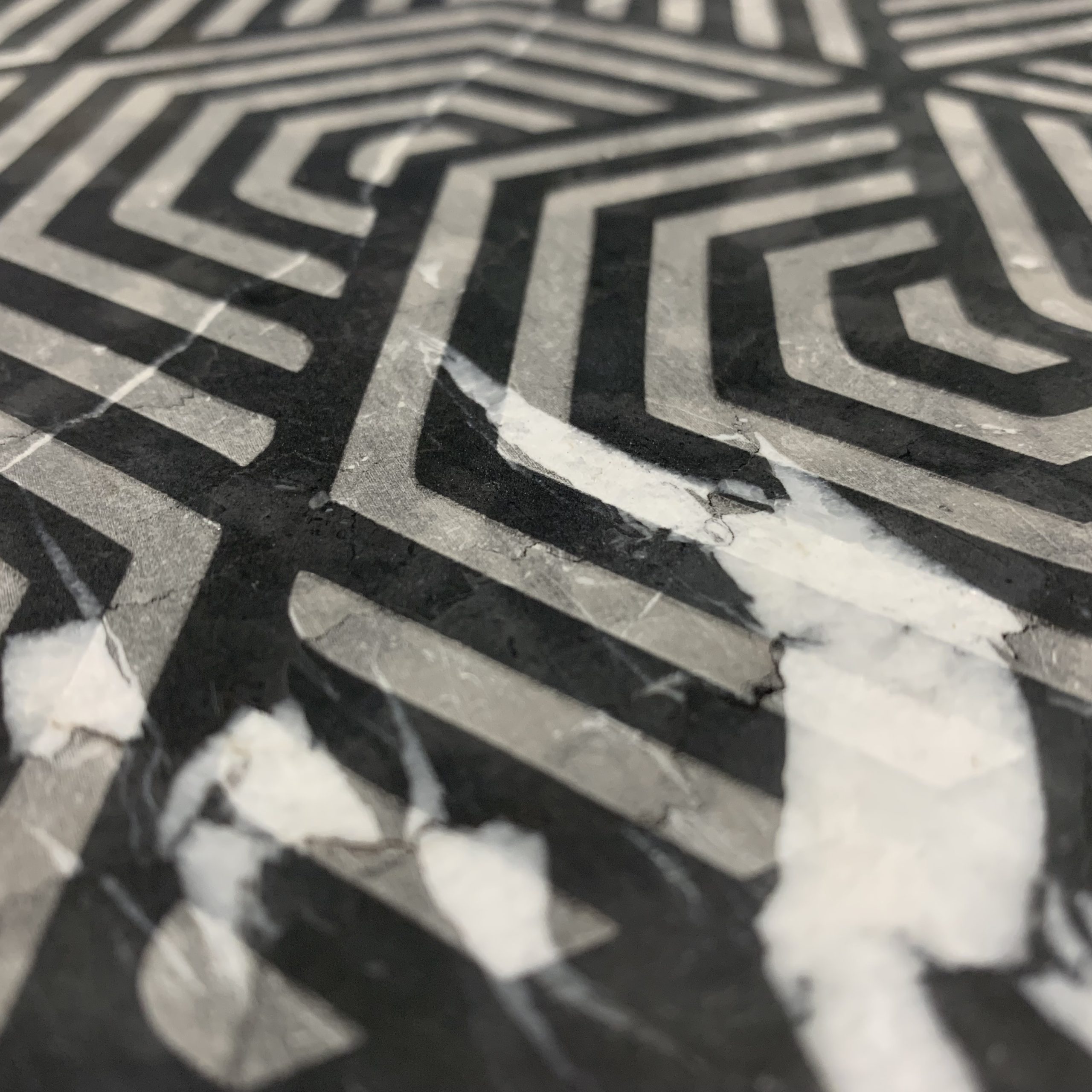
Various granites of different colours and finishes to choose from.
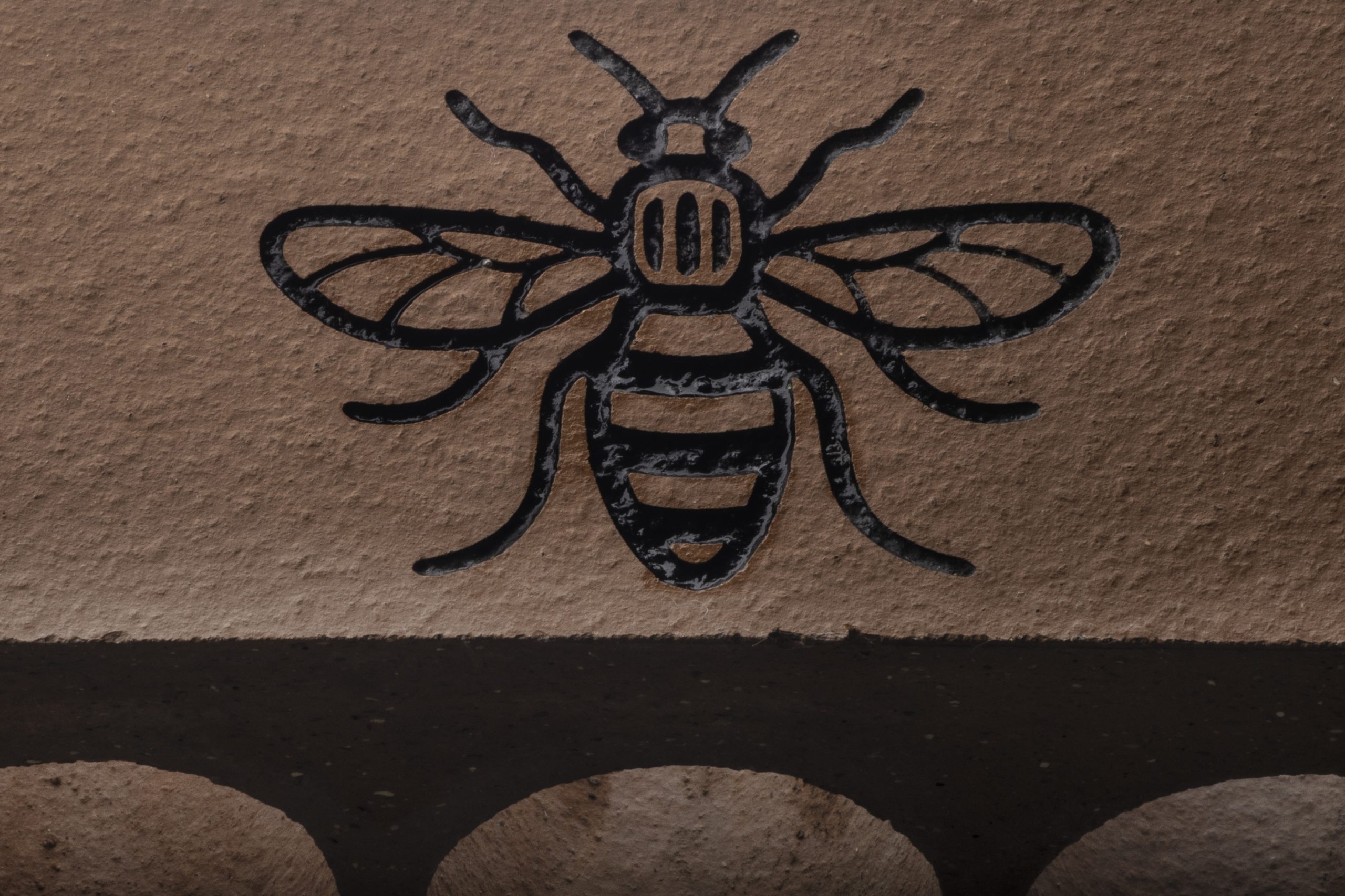
UK and Dutch clay products available in a variety of colours and sizes.
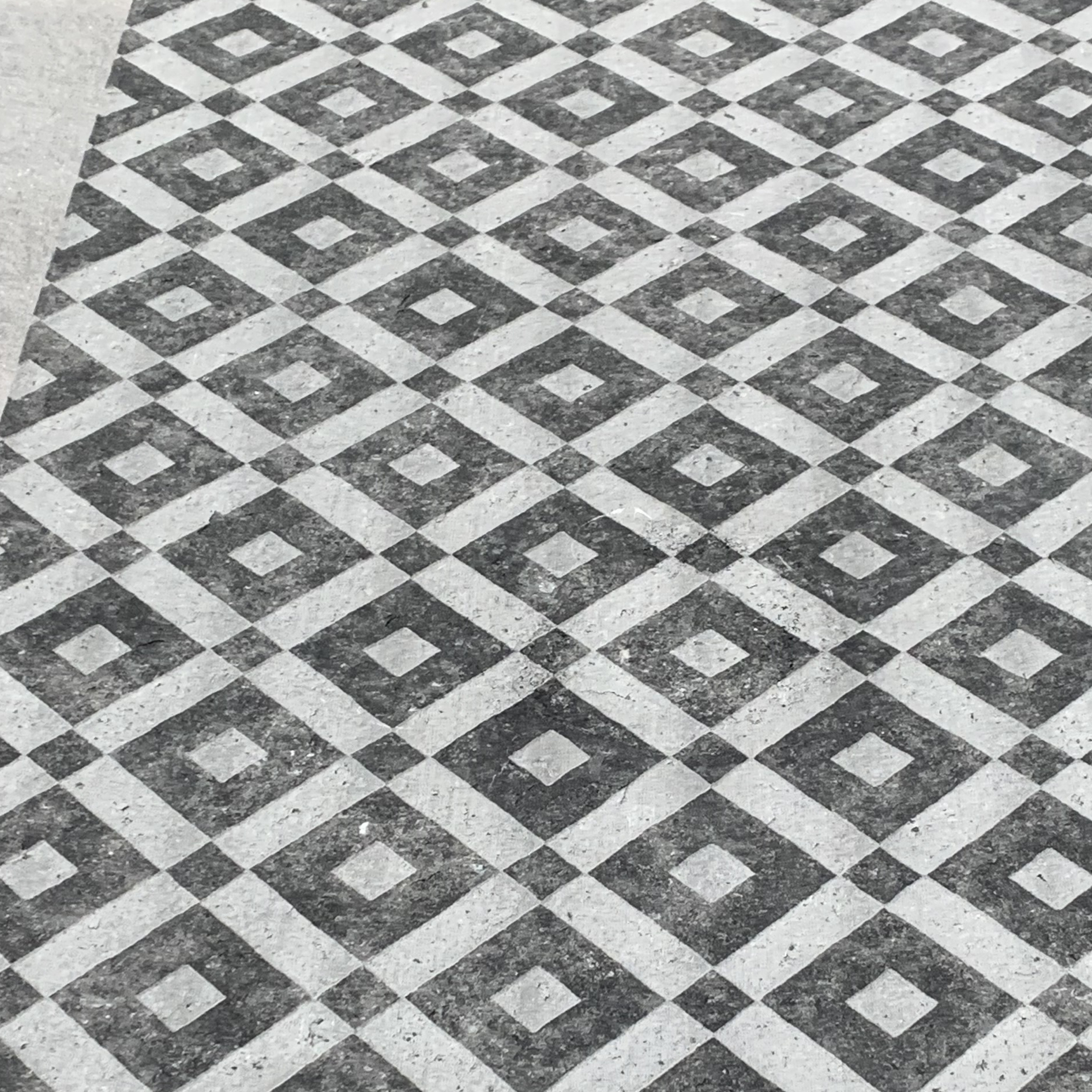
European beige and Irish blue limestones for a different appeal.
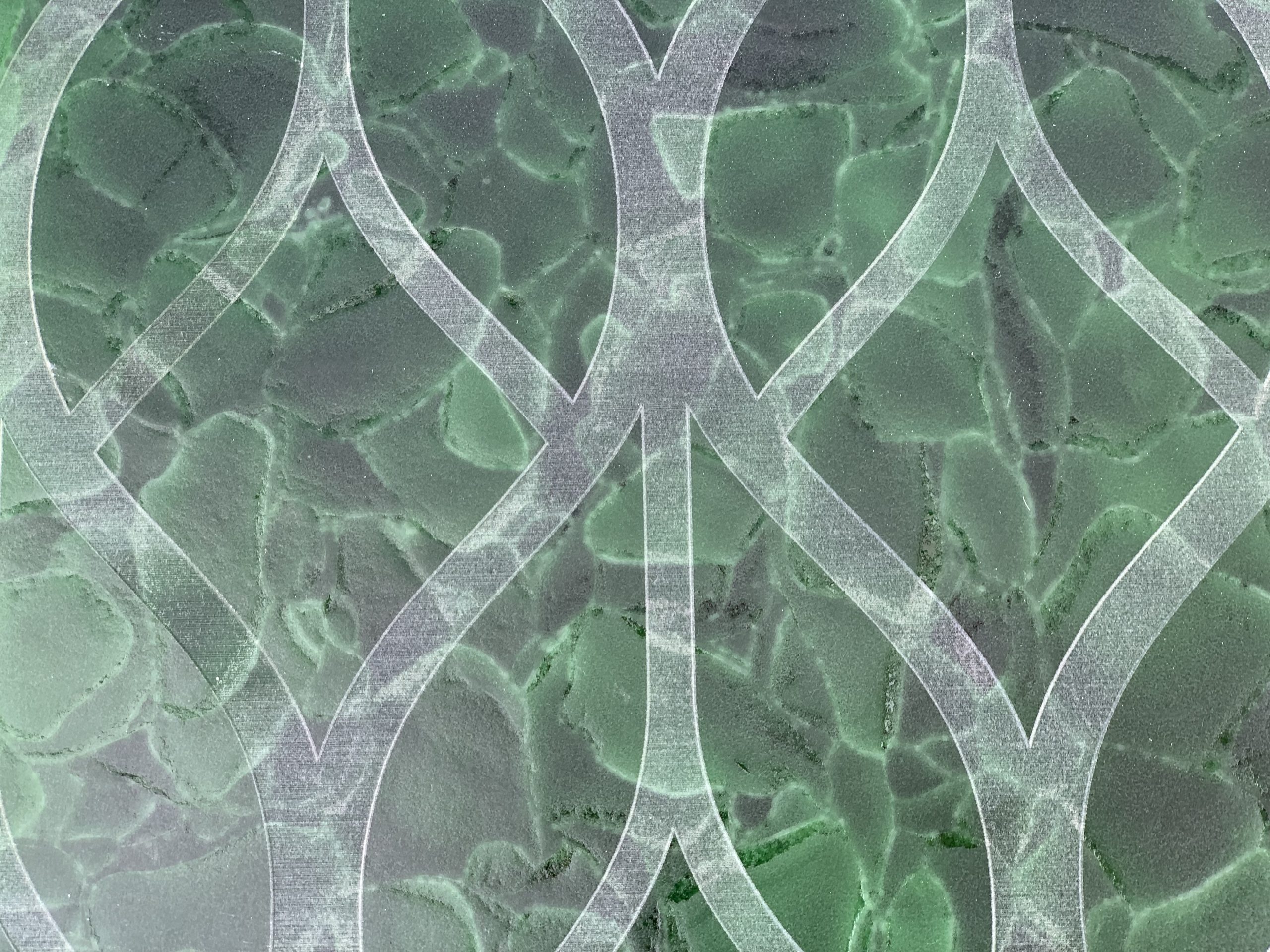
Clear and tinted glass is perfect for embellishing and for complementary detail with other materials.
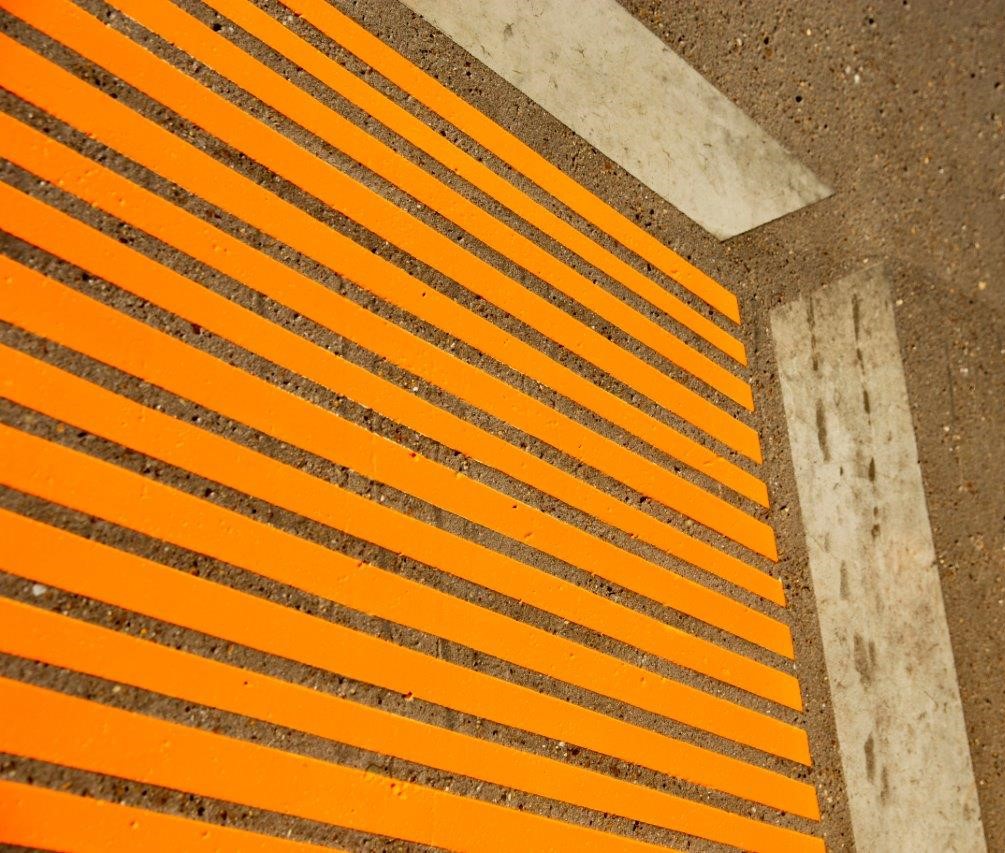
All manner of types of concrete in blocks and high street accessories.
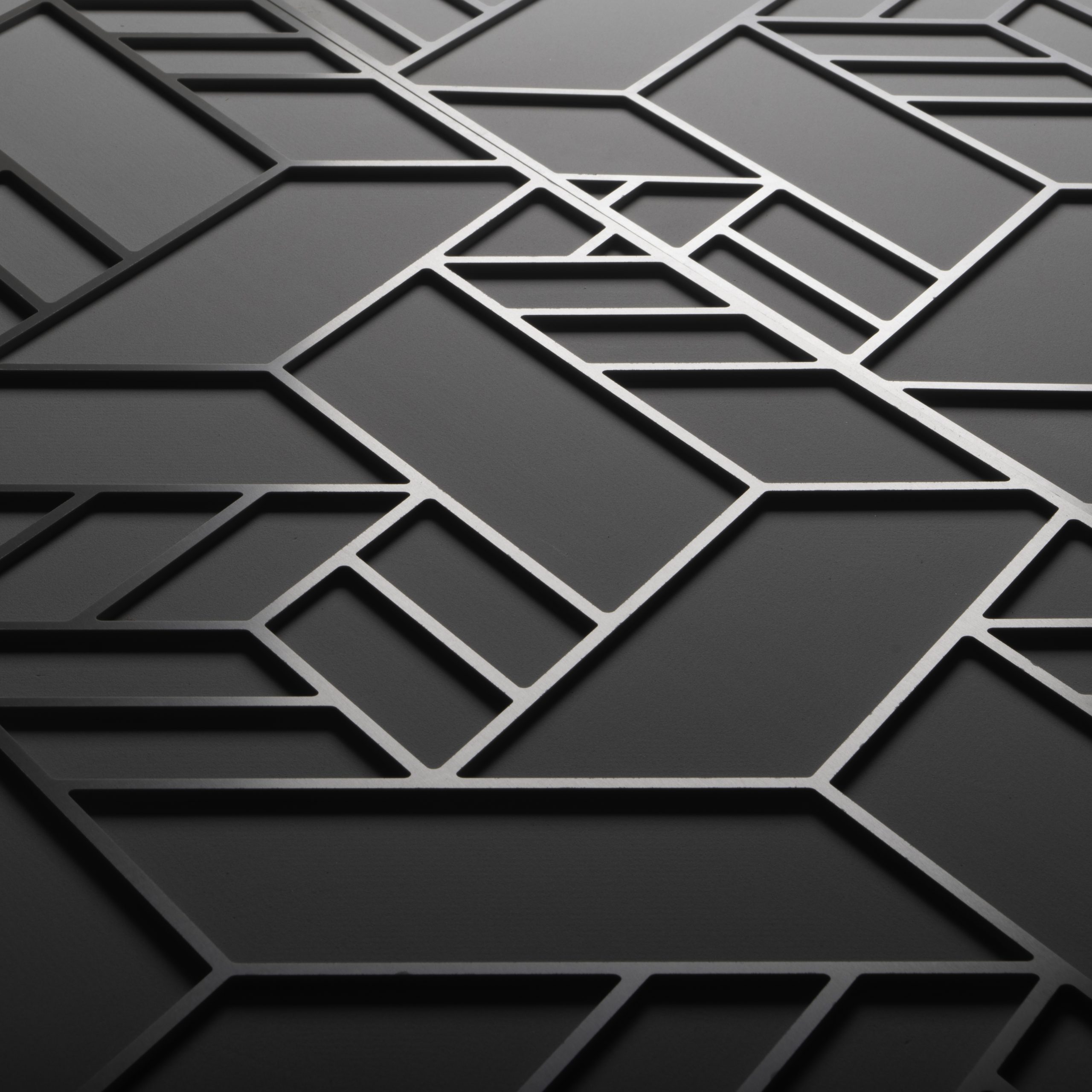
A man-made material composed of acrylic, minerals and natural pigments in a wide range of colours.
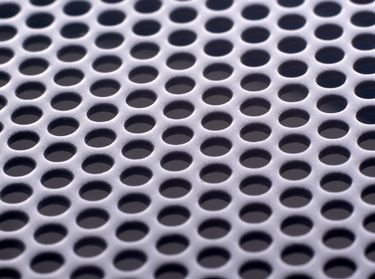
A range of metals including stainless steel, corten, brass, bronze and copper.

We’ve also created designs on cork, laminates, mirrors, wood, slate, the list is endless, so if you’ve a specific material in mind for your project why not contact us and we will produce a test sample.
We transform your CNC design by converting detailed CAD models into precise machining instructions. Utilising advanced software, we program cutting paths for our CNC machines, ensuring high accuracy. Our skilled technicians oversee the process, from material selection to final production.
Contact Us
Our team are ready to assist with you with your project, contact us today to start your journey.